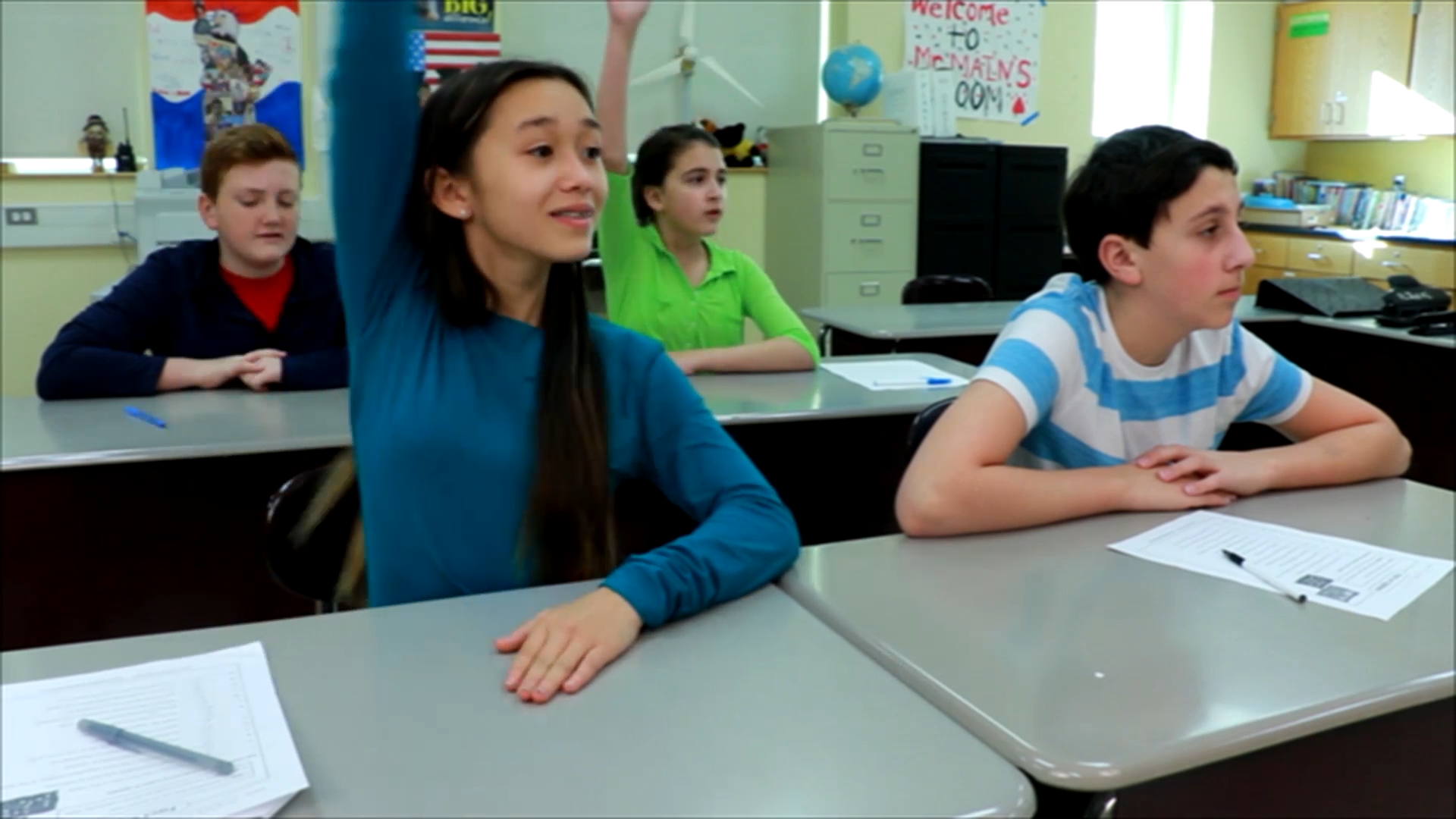
Effective communication is a crucial skill for both educators and students in the classroom. It promotes a positive learning environment and fosters successful interactions between teachers and students. This blog post will explore key communication skills, offer a no-prep activity for educators, suggest discussion questions, and provide related skills for students to develop. Lastly, we’ll guide you to access free sample materials for further skill development.
Introduction
Good communication is essential for a healthy and productive classroom atmosphere. It encourages active participation, enhances understanding, and builds strong relationships between teachers and students. By developing effective communication skills, educators can create an inclusive and supportive learning environment, while students can better express their thoughts and ideas.
No-Prep Activity: The Silent Line-Up
The Silent Line-Up is a fun and engaging activity that requires no preparation or materials from the educator. It encourages students to use non-verbal communication skills to complete a task as a team.
- Ask the students to stand in a line.
- Explain that they must rearrange themselves in a specific order (e.g., by height, birth month, or alphabetical order of first names) without speaking or making any noise.
- Allow students to begin the task and observe their interactions. Encourage them to use gestures, facial expressions, and other non-verbal cues to communicate with one another.
- Once the students have completed the task, gather them in a circle and discuss the experience, focusing on the importance of non-verbal communication in the classroom.
Discussion Questions
- What strategies did you use to communicate with your classmates during the Silent Line-Up activity?
- How can non-verbal communication help create a positive and inclusive classroom environment?
- What are some ways you can improve your listening skills to better understand others in the classroom?
- How can you ensure that everyone has an opportunity to participate and share their thoughts in class discussions?
- What are some challenges you might face when trying to communicate effectively in the classroom, and how can we overcome them together?
Related Skills
Beyond effective communication, there are several other skills that can contribute to a positive and successful learning environment. Some of these include:
- Active listening: Paying close attention to what others are saying, asking clarifying questions, and showing empathy can help students and educators better understand each other’s perspectives.
- Collaboration: Working together to solve problems, complete tasks, and achieve common goals is essential for a productive classroom environment.
- Respect: Demonstrating respect for one another’s opinions, ideas, and feelings can create a safe and supportive learning atmosphere.
- Self-awareness: Understanding one’s emotions, strengths, and weaknesses can help students and educators navigate challenges and build positive relationships.
- Conflict resolution: Learning to address and resolve conflicts in a constructive manner is crucial for maintaining a harmonious classroom environment.
Next Steps
Developing effective communication skills is a key component of social-emotional learning for both educators and students. To help you further enhance these skills, we invite you to sign up for free sample materials at Everyday Speech. These resources will provide you with additional activities, lessons, and strategies to support the growth and development of essential communication skills.

